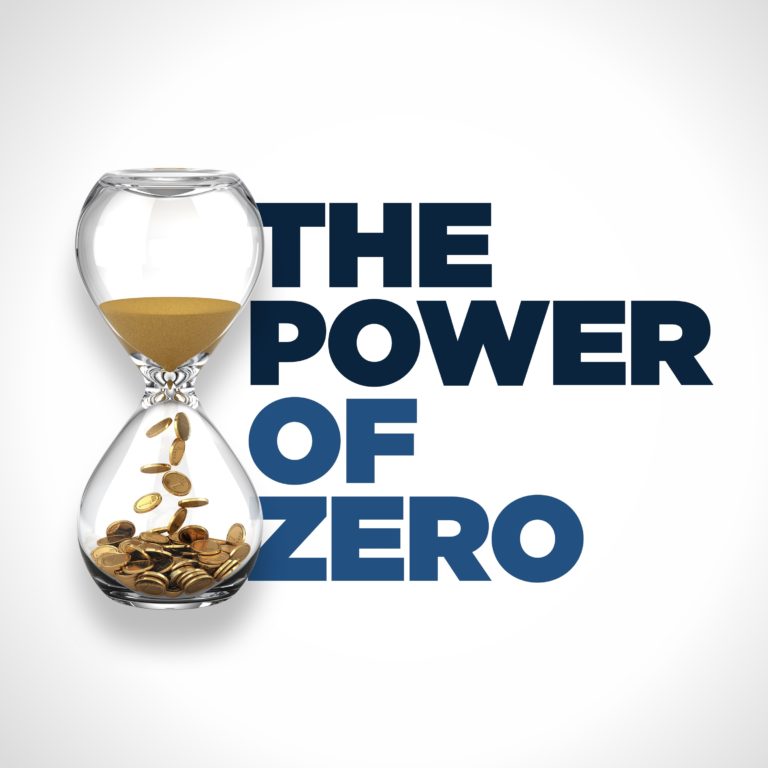Every once in a while an advisor will attempt to elevate the LIRP by diminshing the Roth IRA. They may, for example, say that the Roth IRA has some inherent limitations, including income limitations–if you make too much money or too little money–lack of plan completion insurance, and the inability to access the money until you’re 59.5 years old. You’re also susceptible to declines in the stock market.
The Life Insurance Retirement Plan, on the other hand, has no contribution limits and no income limitations. It’s often referred to as the rich man’s Roth because it has many of the tax-free attributes of the Roth IRA without the limitations.
Given the perceived superiority of the LIRP, many advisors will tell you to put all of your money into that. In an effort to lift up the LIRP, they will denigrate everything else. This is folly. You don’t ever want to have only one investment strategy arrow in your quiver.
The Power of Zero says that every tax-free stream of income has a purpose. Each has their benefits and limitations. They fit together like a puzzle and compliment each other. None of them are the perfect investment on their own.
The more streams of tax-free income you have, the better off you will be. The Roth IRA doesn’t count as provisional income and is truly tax-free as long as you’re 59.5 years old. It also has much more liquidity than a LIRP in the early years, and it can double as an emergency fund.
The LIRP is great because it is safe and productive, typically mirroring the growth in the stock market up to a cap while guaranteeing you don’t lose money. With an Indexed Universal Life policy, you can take advantage of Variable Loans, and if you play the arbitrage correctly, it can help your cash value grow significantly.
IRA’s on the other hand, have benefits that they above-mentioned alternatives don’t have. For example, if you can get your IRA down to the ideal balance through Roth conversions, your required minimum distributions will be offset by your standard deduction. Of all the tax-free streams of income, this is the only one that gives you a deduction on the front end, allows your money to grow tax-free, and let’s you take money out tax free, by offsetting taxation with the standard deduction. Basically, it’s the holy grail of financial planning. [
Everything has its place because each strategy can do things that the others can’t. [
The Roth 401(k) may offer free money since the company you work for is probably offering some sort of match when you contribute. That free money helps you pay the tax on the back end (if there is any). If you have money inside your traditional 401(k) you should put money into your Roth 401(k) account and the match money into the traditional account. [
If you have all these different streams of tax-free income that are respecting the different thresholds, then your social security becomes tax-free. For Baby Boomers, this means they are getting way more out of these programs than they put into it. [
Because you have a consistent stream of income (SS), you won’t have to rely entirely on your stock market portfolio. This means you’re less likely to deplete your portfolio during down years in the market and decreases the odds of you outliving your retirement funds. [
The Power of Zero point of view when it comes to which is better, the Roth IRA or the LIRP, is neither. Each has qualities that the other does not. The LIRP is not a silver bullet; it is merely a compliment to the other strategies you can make use of. There is a proper and corret amount of money that should be allocated to your LIRP, just like all your other tax-free accounts.



